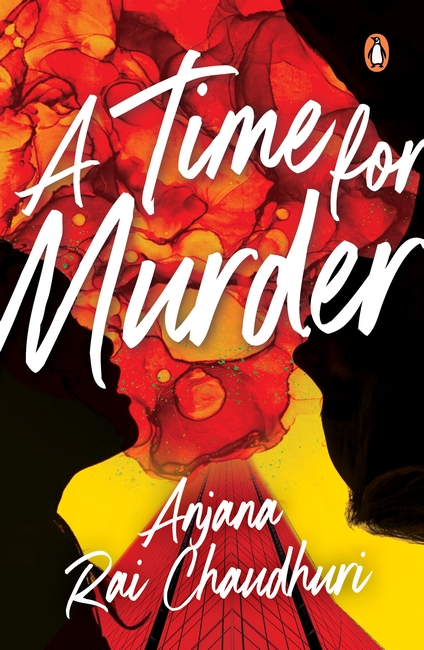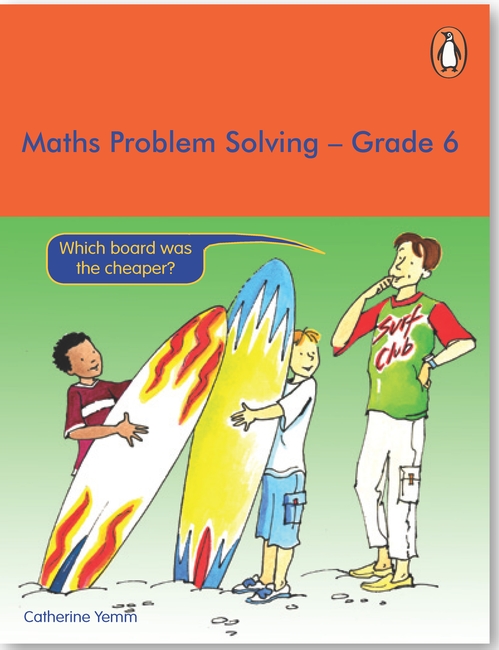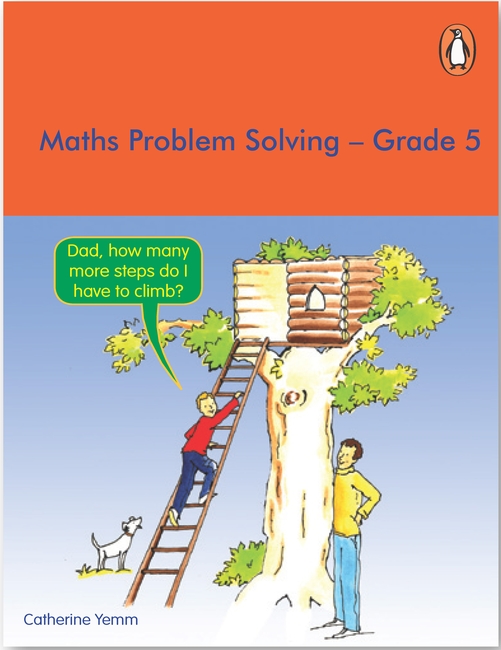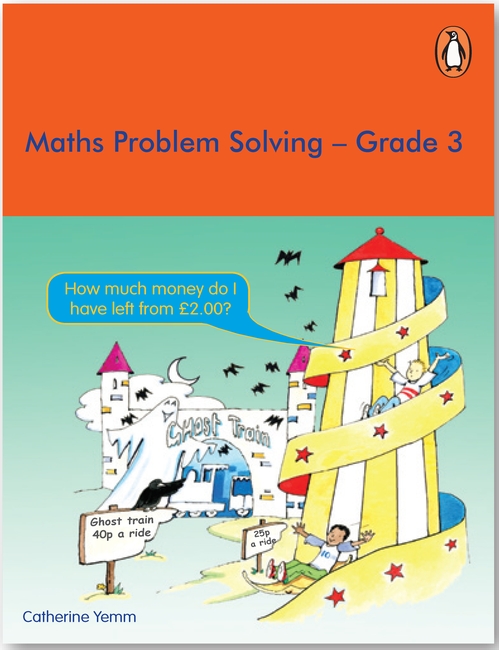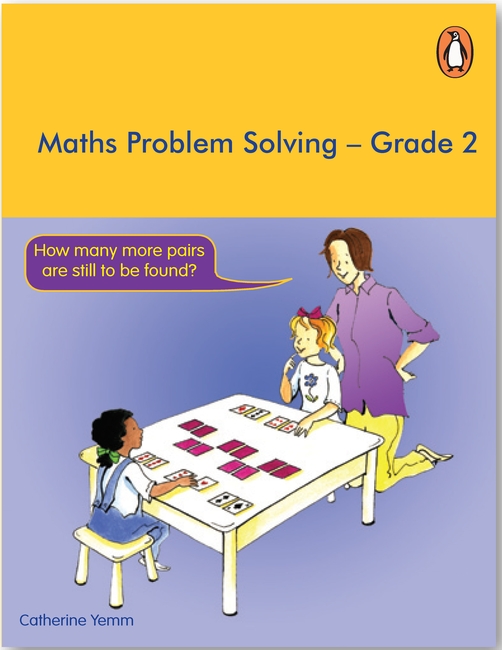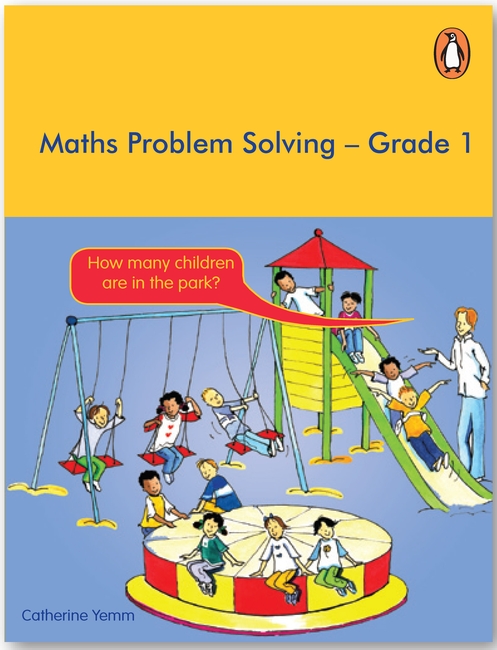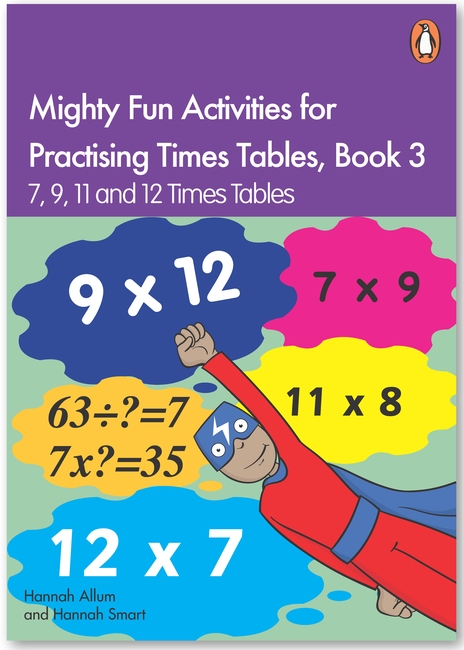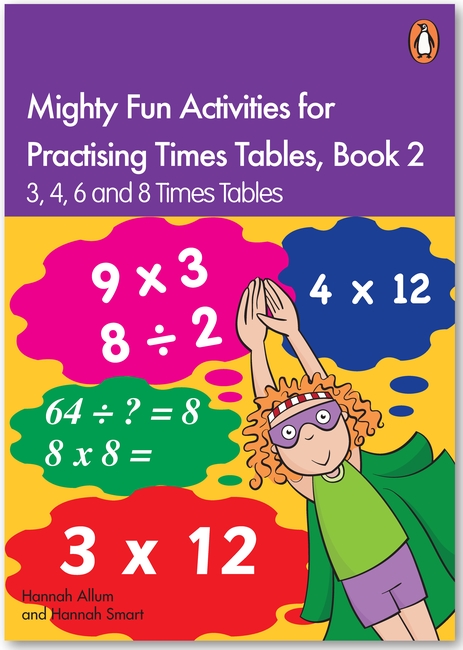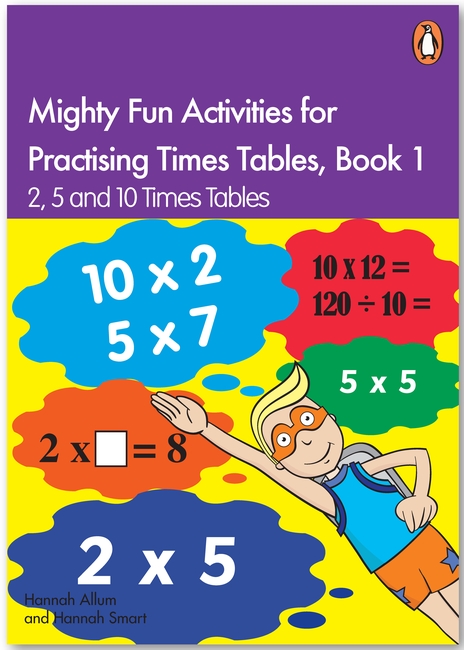The first of the Das Sisters Mystery Series finds Inspector Dolly Das of the Singapore CID and her sister, Lily, on the trail of a cold-blooded murderer in the Singapore heartland. It is 2009.
On a dark, hazy December night, Mary Jacob’s dead body is found at Silver Springs Condominium in the Singapore heartland. Is it a suicide, or did someone push Mary out of her kitchen window? Forensics investigation points to murder.
Inspector Dolly Das of the Singapore CID is assigned to the case. Multiple suspects have means and motives for murdering Mary, ranging from her estranged husband to her neighbours. When two more murders occur, pressure
mounts on Dolly putting her job at risk. Desperately, she turns to her sister, Lily, for help in solving the murders. Lily runs a café and minimart at Silver Springs Condominium, placing her in a good position to gain information that the police cannot access. Supported by Uma, their sharp-tongued 78-year-old mother, Lily’s assistant, Vernon, his girlfriend, Angie, and Lily’s domestic helper, Girlie, the Das Sisters team up to solve the murders.
But can Dolly concentrate on the case when her marriage is breaking up? What will Lily do when she finds herself drawn to one of the chief suspects? And which of the Das sisters uncovers the crucial clue that unmasks a cool and calculating murderer?
Archives: Books
Maths Problem Solving: Grade 6
The books cover the ‘solving problem’ objectives from the numeracy framework. They are designed in such a way that each section has six stages of questions to be worked through. Every stage is split into three levels, for example 1a, 1b or 1c, based on achievement. Each corresponding question from these levels follow the same line of questioning, so that when the teacher talks about a certain question, the solution process is the same for each level but the complexity of the sum varies.
Maths Problem Solving: Grade 5
The books cover the ‘solving problem’ objectives from the numeracy framework. They are designed in such a way that each section has six stages of questions to be worked through. Every stage is split into three levels, for example 1a, 1b or 1c, based on achievement. Each corresponding question from these levels follow the same line of questioning, so that when the teacher talks about a certain question, the solution process is the same for each level but the complexity of the sum varies.
Maths Problem Solving: Grade 4
The books cover the ‘solving problem’ objectives from the numeracy framework. They are designed in such a way that each section has six stages of questions to be worked through. Every stage is split into three levels, for example 1a, 1b or 1c, based on achievement. Each corresponding question from these levels follow the same line of questioning, so that when the teacher talks about a certain question, the solution process is the same for each level but the complexity of the sum varies.
Maths Problem Solving: Grade 3
The books cover the ‘solving problem’ objectives from the numeracy framework. They are designed in such a way that each section has six stages of questions to be worked through. Every stage is split into three levels, for example 1a, 1b or 1c, based on achievement. Each corresponding question from these levels follow the same line of questioning, so that when the teacher talks about a certain question, the solution process is the same for each level but the complexity of the sum varies.
Maths Problem Solving: Grade 2
The book cover the ‘solving problem’ objectives from the numeracy framework. They are designed in such a way that each section has six stages of questions to be worked through. Every stage is split into three levels, for example 1a, 1b or 1c, based on achievement. Each corresponding question from these levels follow the same line of questioning, so that when the teacher talks about a certain question, the solution process is the same for each level but the complexity of the sum varies.
Maths Problem Solving: Grade 1
The book cover the ‘solving problem’ objectives from the numeracy framework. They are designed in such a way that each section has six stages of questions to be worked through. Every stage is split into three levels, for example 1a, 1b or 1c, based on achievement. Each corresponding question from these levels follow the same line of questioning, so that when the teacher talks about a certain question, the solution process is the same for each level but the complexity of the sum varies.
Mighty Fun Activities for Practising Times Tables, Book 3
The Mighty Fun Activities for Practising Times Tables series uses superheroes to motivate children to practise all of the skills needed to solve multiplication, division and word based times table problems. Superheroes appeal to even the most reluctant of learners and instil a positive and competitive attitude towards learning. The aim is for children to become excited and motivated enough to want to learn and practise their times tables.
The mighty superheroes are based upon the sporty characters in our highly popular whole-school reward-based scheme, The Mighty Multiples Times Table Challenge.
The sheets in this book can be used in conjunction with the series or independently. There are three books in the Mighty Fun Activities for Practising Times Tables series: Book 1: 2, 5 and 10 times tables
Book 2: 3, 4, 6 and 8 times tables
Book 3: 7, 9, 11 and 12 times tables
The books contain reproducible sheets and are designed to be used as flexible teaching aids which teachers can dip in and out of in any order to support the learning of any times table. They work equally well as stand alone 5 to 20 minute lesson reinforcements or as regular times table learning.
We recognise that all children learn in different ways and that they need to have opportunities to apply their knowledge and skills. For each times table there is a mixture of practical activities to develop their understanding and written activities to consolidate their knowledge. There is also an exciting wrist watch and mask for each times table for children to make and wear. These can be used as an introduction to each character or to consolidate learning. Children will become mightily good at their times tables by using their mighty powers! Looking at their watch or mask is a fun and exciting way to memorise the times tables.
The mixed times table sheets at the back of the book allow children to apply the skills gained in learning individual tables, working out for themselves which multiple facts and methods they need to use.
Mighty Fun Activities for Practising Times Tables, Book 2
The Mighty Fun Activities for Practising Times Tables series uses superheroes to motivate children to practise all of the skills needed to solve multiplication, division and word based times table problems. Superheroes appeal to even the most reluctant of learners and instil a positive and competitive attitude towards learning. The aim is for children to become excited and motivated enough to want to learn and practise their times tables.
The mighty superheroes are based upon the sporty characters in our highly popular whole-school reward-based scheme, The Mighty Multiples Times Table Challenge.
The sheets in this book can be used in conjunction with the series or independently. There are three books in the Mighty Fun Activities for Practising Times Tables series: Book 1: 2, 5 and 10 times tables
Book 2: 3, 4, 6 and 8 times tables
Book 3: 7, 9, 11 and 12 times tables
The books contain reproducible sheets and are designed to be used as flexible teaching aids which teachers can dip in and out of in any order to support the learning of any times table. They work equally well as stand alone 5 to 20 minute lesson reinforcements or as regular times table learning.
We recognise that all children learn in different ways and that they need to have opportunities to apply their knowledge and skills. For each times table there is a mixture of practical activities to develop their understanding and written activities to consolidate their knowledge. There is also an exciting wrist watch and mask for each times table for children to make and wear. These can be used as an introduction to each character or to consolidate learning. Children will become mightily good at their times tables by using their mighty powers! Looking at their watch or mask is a fun and exciting way to memorise the times tables.
The mixed times table sheets at the back of the book allow children to apply the skills gained in learning individual tables, working out for themselves which multiple facts and methods they need to use.
Mighty Fun Activities for Practising Times Tables, Book 1
The Mighty Fun Activities for Practising Times Tables series uses superheroes to motivate children to practise all of the skills needed to solve multiplication, division and word based times table problems. Superheroes appeal to even the most reluctant of learners and instil a positive and competitive attitude towards learning. The aim is for children to become excited and motivated enough to want to learn and practise their times tables.
The mighty superheroes are based upon the sporty characters in our highly popular whole-school reward-based scheme, The Mighty Multiples Times Table Challenge.
The sheets in this book can be used in conjunction with the series or independently. There are three books in the Mighty Fun Activities for Practising Times Tables series: Book 1: 2, 5 and 10 times tables
Book 2: 3, 4, 6 and 8 times tables
Book 3: 7, 9, 11 and 12 times tables
The books contain reproducible sheets and are designed to be used as flexible teaching aids which teachers can dip in and out of in any order to support the learning of any times table. They work equally well as stand alone 5 to 20 minute lesson reinforcements or as regular times table learning.
We recognise that all children learn in different ways and that they need to have opportunities to apply their knowledge and skills. For each times table there is a mixture of practical activities to develop their understanding and written activities to consolidate their knowledge. There is also an exciting wrist watch and mask for each times table for children to make and wear. These can be used as an introduction to each character or to consolidate learning. Children will become mightily good at their times tables by using their mighty powers! Looking at their watch or mask is a fun and exciting way to memorise the times tables.
The mixed times table sheets at the back of the book allow children to apply the skills gained in learning individual tables, working out for themselves which multiple facts and methods they need to use.






